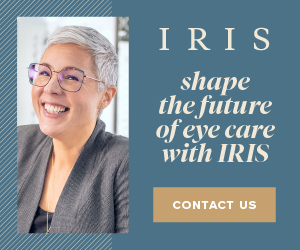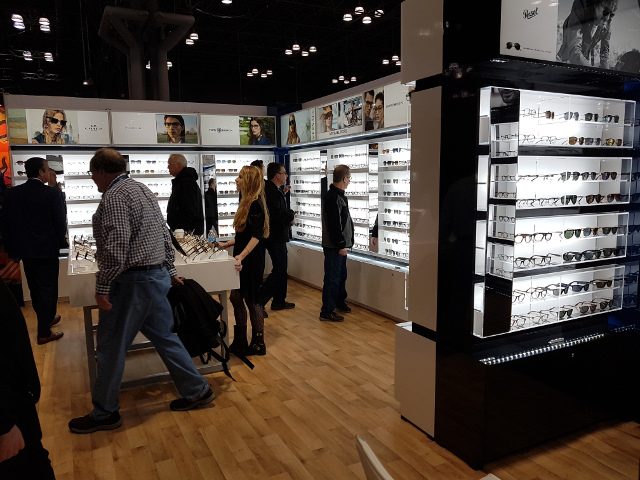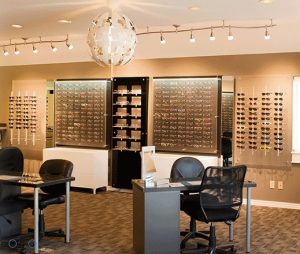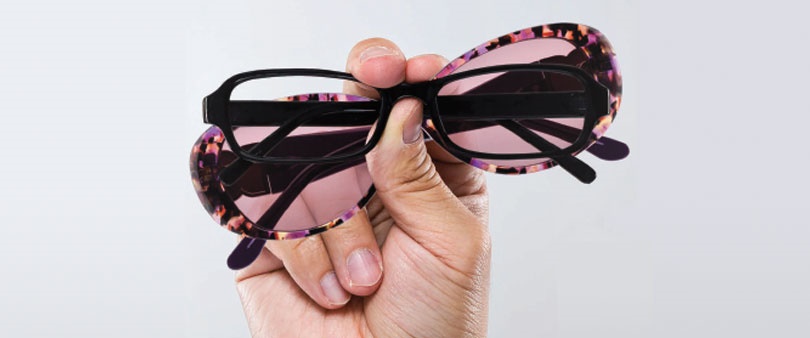
How can an Eyewear Styling Sales Strategy Grow Your Practice?
Incorporating a systematic and consistent Eyewear Styling Experience in your practice is a proven strategy to attract high ticket clients, differentiate your practice and increase your bottom-line profit.
Create A Success Story!
The story starts with that first impression when the client walks into your practice. You only have 30 seconds to make a positive first impression and 55% of that first impression is based on what your clients see.
People are checking out your office design, clothing style and eyewear and deciding that quickly if they like you, your skill set and whether they trust you. This all happens before you have a chance to say, hello!
The Power of Vision Science Plus Fashion
Eyewear Styling sales training provides you and your staff a new approach to pivot from the eye health conversation to the eyewear fashion conversation which energizes your patients and inspires them to purchase on an emotional level.
As eye care professionals, the focus is on eye health, prescription specifics and lens technology to provide the best possible vision. Yet, only 1 in 10 Canadians purchase more than one pair of eyeglasses at a time and many simply walk out the door to purchase eyewear online or at a different location.
3 Changes Providing Opportunity
While the pandemic has generated many attitudinal and behavioural changes, the following three have helped to create new opportunities for the independent practice.
- A shift to online video meetings as the new normal has lifted eyewear up the ranks in fashion accessories.
- Consumers care how they “show-up” on screen and personal image is important, especially in business.
- Covid-weary consumers are less inclined to shop around and more likely to make their excursions a “one-stop” experience.
Optometrists have every opportunity to capture this lucrative market. Every pair of eyeglasses starts with a spectacle prescription – and almost all spectacle RXs start with a comprehensive eye exam and refraction. Your dispensary is often the first and last area of your office that people see and is vital to that first impression. This all-important piece of real estate in your business should be given attention and a healthy pulse. This is the area where you will serve and style with expert advice. It is your business to loose!
What is “Eyewear Styling”?
Incorporating a fashion forward eyewear styling process will allow your practice to capitalize on these opportunities. The good news is that you already know the science part and the fashion part can be learned.
Eyewear styling is more than knowing eyewear trends for the season; it is the art of matching eyewear to facial features, clothing style and the client’s personal image.
Personal image is how one walks, talks, dresses and projects themselves to the world.
Process-oriented Training is Key
Discovering your client’s personal image and how they would like to be perceived can be achieved during the eyewear selection process. There are serious risks to “judging a book by its cover” or “assuming” anything but there is power in observation, language and discussion techniques that can unlock the secrets. This process leads to an engaging sales conversation for your staff and your patients.
A consistently applied eyewear styling system provides you and your team a new sales language and the confidence to have informed conversations with your patients about their individual style and the impression they want to make with their eyewear fashion.
Your team members can be trained to speak a language that resonates on an emotional level, and evokes the feeling, “hey, you get me?”. This is like oxygen to them. Post-pandemic, people are craving an experience that makes them feel great.
What’s the Payoff?
Let’s face it… optical dispensaries all start to look the same to the average eyewear consumer. Differentiating your space and your sales conversation can be energizing for you, your team, and your patients. Creating a “Styling” area and upbeat fashion vibe in your office allows you to immediately stand out from your competition.
Developing a clear eyewear styling sales strategy helps your team members to work together and confidently make the offer for more than one pair. This is productive and ultimately increases your revenues achieving a healthy bottom line. Once you have completed the eye exam, you have a captive audience in your dispensary, and this is a huge opportunity to completely wow your clients and style successfully.
When you offer an exceptional eyewear styling session, people want to stay, people want to buy, and people want to talk about you! Your clients will market for you, and you will organically attract repeat and referral business in your community.
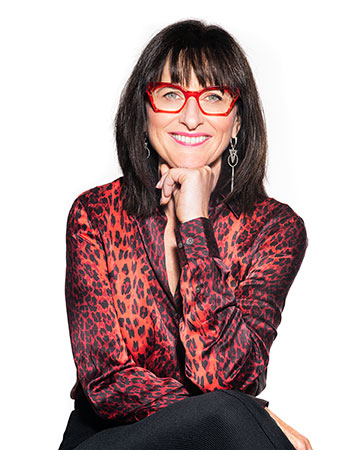
WENDY BUCHANAN
Wendy Buchanan, Eyewear Image Expert is a Registered Optician, Image Consultant and Educator. She is the creative force behind the Be Spectacular Eyewear Styling System® for Eye Care Professionals. Wendy helps eye care practices to systematically reinvent their eyewear dispensaries to create an exceptional buying experience and increase profits.
Connect with Wendy on Instagram https://www.instagram.com/bespectaculartraining/





